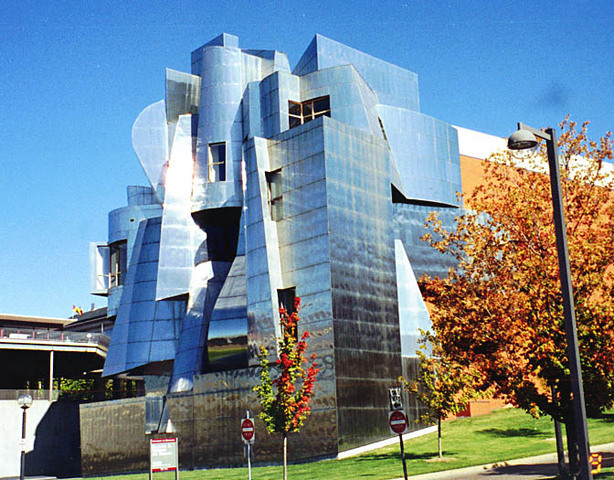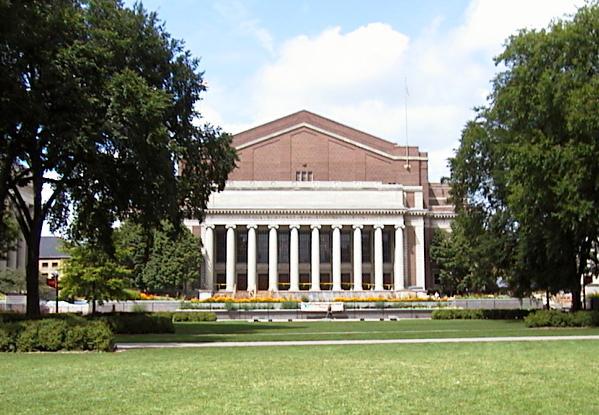Introduction
The University of Minnesota TwinCities (U of M) is the oldest and, with over 51,000 students enrolled at any particular time, the largest university in the state of Minnesota and the fourth-largest in the nation. U of M began as a preparatory school, but it was reclassified as a college in 1869. The original campus was located at the top of Saint Anthony Falls on the Mississippi.
Campus
U of M has one small campus in St. Paul and two main sections in Minneapolis, facing each other on either side of the Mississippi. The East Bank is the larger portion, encompassing 307 acres.
Within the East Bank section are several smaller sub-sections. The Knoll, in the northwest, houses most of the humanities departments, including the College of Education and Human Development and The Institute for Advanced Study. The Northrop Mall is home to the Cyrus Northrop Memorial Auditorium, Coffman Memorial Union, the College of Liberal Arts, and the College of Science and Engineering. In the southeast portion of the East Bank is the Health area, which contains the College of Pharmacy, the School of Nursing, the School of Denistry, the Medical School, the School of Public Health, and the Fairview Hospitals and Clinics. The Frederick R. Weisman Art Museum, on the East Bank campus, was designed by architect Frank Gehry. The East Bank is also home to Greek row, a collection of fraternities and sororities.
The West Bank encompasses 53 acres on the west side of the Mississippi, and includes the theater, dance, music, and art facilities as well as most of the social sciences, including the Carlson School of Management, the Hubert H. Humphrey Institute of Public Affairs, and the law school. Several buildings are connected by pedestrian tunnels called “The Gopher Way” for the convenience of students during notoriously cold Minnesota winters. Students can cross from one side of the campus to the other via the double-decked Washington Avenue Bridge.
Because many students take classes on both the Minnesota and St. Paul campuses, the university runs a shuttle service between the campuses. The shuttle is free for students.




